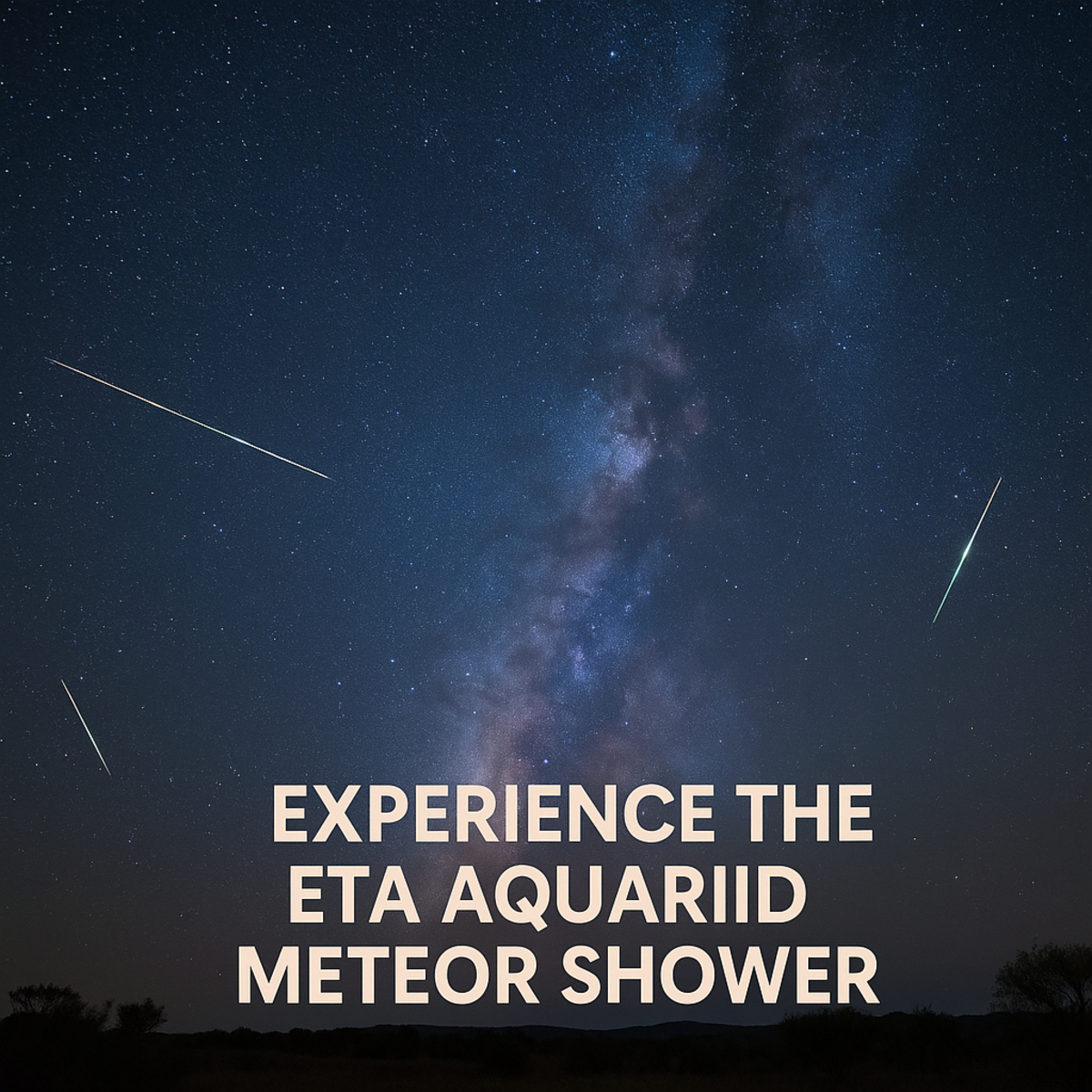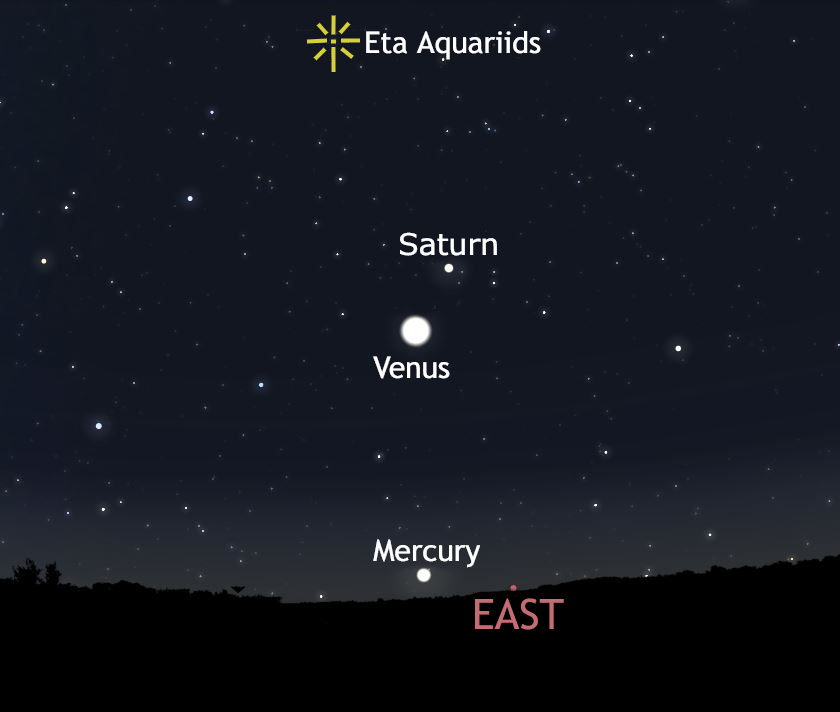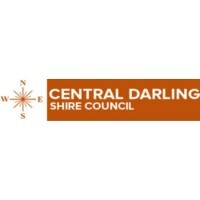Celestial Spectacle: Tonight's Eta Aquariid Meteor Shower
Contributor
06 May 2025, 6:00 AM

Experience the Eta Aquariid meteor shower at its dazzling peak under some of Australia's darkest and clearest skies.
Nature's Light Show Arrives
One of the year's most spectacular celestial events is happening right over our region this week. The annual Eta Aquariid meteor shower reaches its peak, offering those of us in Australia's back country a front-row seat to this dazzling display. While city dwellers contend with light pollution that washes out the fainter meteors, our dark rural skies provide ideal viewing conditions.
Our rural location provides a significant advantage over urban areas, where light pollution can reduce meteor visibility to just the brightest few. In contrast, dark-sky regions like ours can reveal dozens of meteors per hour, making the experience far more spectacular. This is why dark sky preservation efforts, such as those advocated by the International Dark-Sky Association, are vital for astronomy enthusiasts worldwide. Learn about dark sky preservation here.
What Causes This Spectacle?
The Eta Aquariid meteor shower occurs as Earth passes through debris left behind by the famous Halley’s Comet, which orbits the Sun every 76 years. This comet sheds dust and small particles along its path, and as Earth ploughs through this cloud of tiny fragments, most about the size of rice grains, burn up in our atmosphere, creating brilliant streaks of light known as meteors. Halley’s Comet is also responsible for the Orionid meteor shower in October, making it one of the most significant cometary sources of meteor activity each year. Learn more from NASA’s in-depth explanation.
When to Watch
Look to the North East horizon on Wednesday, May 7, from 3:00 AM to 5:00 AM (local time) for local BCB readers, which is 1 day earlier than the overall peak on Thursday, May 8, so if you miss out tonight, you might still see the show on Thursday.
This recommendation is based on meteor flux projections from NASA’s Fluxtimator Tool, which calculates expected meteor activity based on geographic location and time.
The optimal viewing window for our region is: 3:00 AM to 5:00 AM (local time) on both mornings.
This timing is ideal because by 3:00 AM, the Moon will have completely set, and the constellation Aquarius (the radiant point) will be rising higher in our northeastern sky. EarthSky’s meteor shower guide provides detailed timing insights.
What to Expect
Those of us in the BCB region can expect to see:
- Up to 22-30 meteors per hour at the peak
- Fast, bright streaks of light with visible trails
- Meteors appearing to radiate from the northeastern horizon
As Dr. Tanya Hill of Melbourne Planetarium explains, "Light pollution from urban areas really washes out faint meteors," giving us a significant advantage over city observers who might only catch glimpses of the brightest meteors.
Viewing Tips For the best meteor-watching experience:
- Find a spot with a clear view of the northeastern sky
- Bring a reclining chair or blanket for comfortable sky-watching
- Allow 20-30 minutes for your eyes to fully adjust to the darkness
- Avoid looking at phone screens or using white lights (use red-filtered lights if needed)
- Dress warmly – early morning temperatures will be a little chilly
- Pack a thermos of something hot to drink
- Use stargazing apps like Stellarium or Sky Guide to help locate the Aquarius constellation and planets nearby. Find more stargazing apps
The meteors will appear to radiate from a specific point in the sky – the "radiant point" – which is located near the star Eta Aquarii in the Aquarius constellation. When looking up, you'll also notice Mercury is lowest in the eastern sky, with brighter Venus above it, and Saturn positioned higher still. Venus will be particularly visible below the Eta Aquariids shower on the morning of May 7.
Be patient while you watch – meteors don't appear at regular intervals. You might see none for several minutes, then witness multiple meteors streaking across the sky in quick succession.

Venus will be visible below the Eta Aquariids shower on the morning of May 7. (ABC Science: Jacinta Bowler/Stellarium)
Our Unique Advantage
Our location away from city lights gives us a significant edge over urban stargazers. While they might catch a glimpse of a meteor or two, we have the opportunity to witness dozens per hour under our pristine dark skies.
So set your alarms for the early hours, bundle up, and prepare for a celestial show that reminds us why living under these vast country skies is truly special. The stars – and meteors – are waiting.
NEWS
SPORT
RURAL







